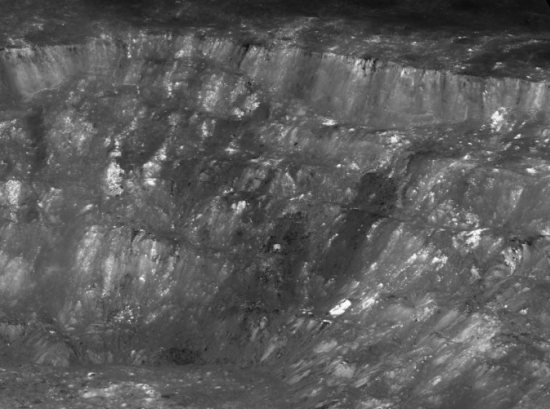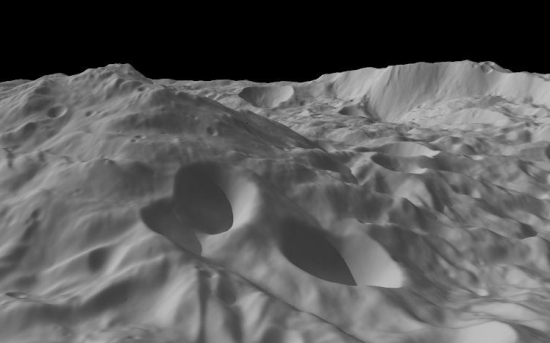Good news: The Fukushima nuclear reactor has reached the state of cold shutdown.
This means that the reactor core has cooled enough that there is no need to recirculate the water to keep the fuel cool. However, because the reactor continues to leak that water recirculation is still necessary, and will be for years.
As is typical of many modern journalists, the article above is also an unstated editorial both hostile to nuclear energy as well as private enterprise, best shown by the article’s concluding paragraph:
Meanwhile, the Japanese public and many of its politicians remained deeply mistrustful of the situation at Fukushima. In this week’s issue of Nature, two members of the Japanese parliament call for nationalization of the Fukushima Plant, to allow scientists and engineers to investigate exactly what happened inside the reactors, and to reassure the public that the decommissioning will be done with their interests at heart. Regardless of whether you agree with the authors, nationalization seems almost inevitable. The lengthy decommissioning process that will follow this cold shutdown, and the enormous cost involved, make it a job for a government, not a corporation. [emphasis mine]
First, he has no idea what the Japanese public thinks of this situation. Second, there is no evidence that the government could do this job better than the company that runs the reactor. Both conclusions are mere opinion, inserted inappropriately in a news article without any supporting proofs.


